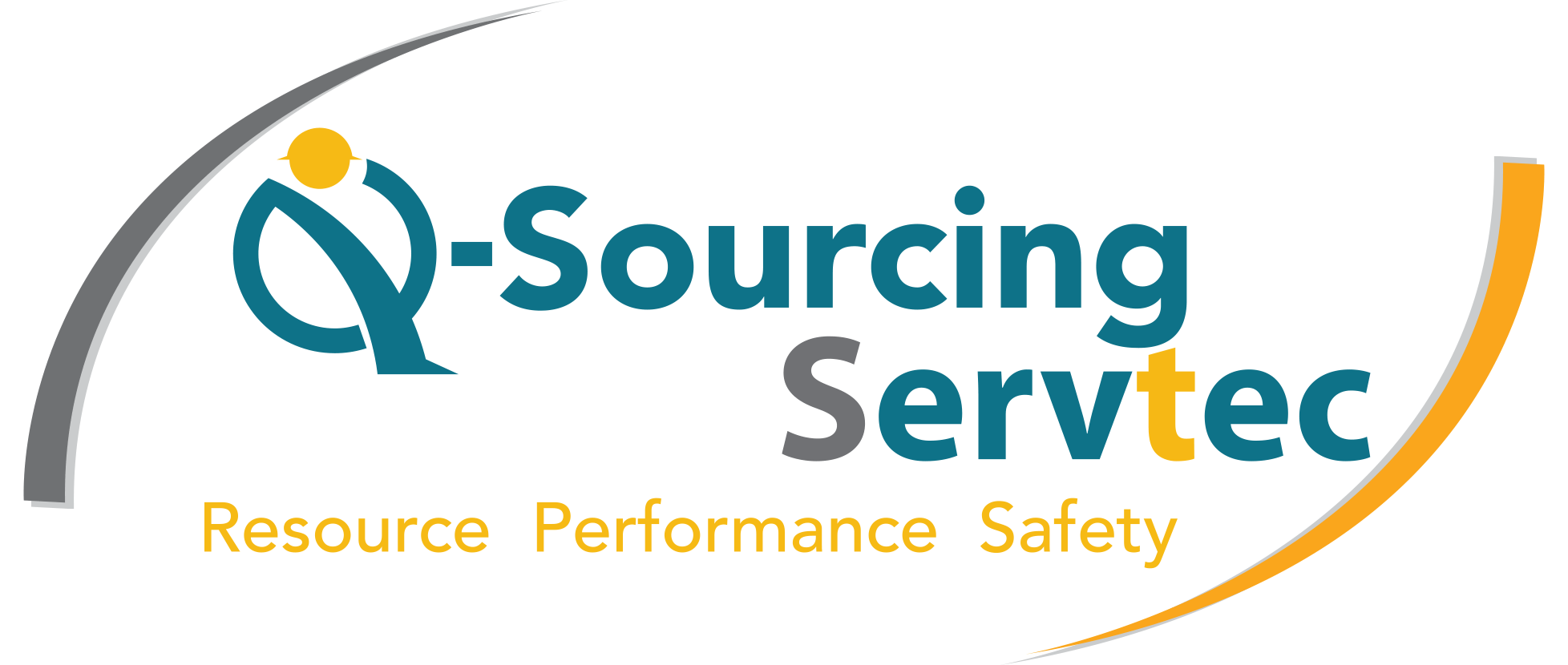Workplace culture is an organisation’s invisible operating system—it dictates how people interact, make decisions, and treat one another. When that system is healthy, it fosters growth and loyalty. When it becomes toxic, it acts like a slow, systemic poison, driving out talent, destroying morale, and crippling productivity.
The Human Resources (HR) function is the primary custodian of organisational health. Preventing a toxic culture is not about implementing a few “wellness perks”; it’s about a relentless, systematic commitment to fairness, transparency, and accountability, starting at the top.
The Early Warning Signs HR Must Watch For
Toxicity doesn’t appear overnight; it creeps in through unaddressed microaggressions, inconsistent leadership, and organisational silence. HR professionals must be attuned to the leading indicators:
- High and Unpredictable Turnover: Employees don’t leave companies; they leave managers and culture. A revolving door, especially among high-performing teams, signals a deep-seated issue.
- Fear of Speaking Up: When employees don’t report issues for fear of retaliation, the culture is already compromised. This silence allows bullying, favoritism, and incivility to fester.
- The Gossip Mill: A culture where rumors and cliques thrive, and where information is hoarded rather than shared, breeds anxiety and mistrust.
- Burnout and Low Morale: Chronic exhaustion, absenteeism, and a visible lack of enthusiasm or engagement are direct results of excessive workload, poor work-life balance, and feeling undervalued.
- Inconsistent Accountability: The biggest culture killer is when toxic high-performers are protected, or when disciplinary actions are applied arbitrarily, signaling that the rules don’t apply to everyone.
HR’s Proactive Toolkit: Building a Firewall Against Toxicity
Preventing a toxic culture requires embedding health into every stage of the employee lifecycle.
1. Hiring for Values and Fit (The Entry Point)
HR must shift the focus of recruitment beyond technical skill.
- Define Core Values: Clearly articulate the behavioral values (like respect, integrity, and collaboration) and integrate them into the interview process. Ask behavioral questions that test these values, not just skills.
- Look for Culture Add, Not Just Fit: Seek candidates who bring new perspectives but fundamentally respect the non-negotiable core values of psychological safety.
2. Establishing Clear Guardrails (Policies & Accountability)
Clear boundaries are the backbone of a healthy culture.
- Zero-Tolerance Policies: Establish explicit, universally enforced policies against bullying, harassment, and discrimination. Ensure they are communicated regularly and understood by every employee.
- Transparent Reporting Channels: Create multiple, confidential pathways for reporting issues, such as an anonymous feedback system or a third-party ethics hotline, and guarantee protection against retaliation. HR must then act on these reports swiftly and impartially.
- Performance Management tied to Behavior: Ensure that performance reviews assess how goals were achieved, not just if they were met. A top performer who consistently undermines their colleagues should have their behavior, not just their results, addressed.
3. Equipping Leaders (The Multiplier Effect)
Leaders are the primary drivers of culture; their behavior sets the tone for the entire organization.
- Mandatory Leadership Training: Invest in training that focuses on emotional intelligence, empathetic communication, conflict resolution, and managing diverse teams. Teach managers how to give constructive criticism without public humiliation.
- 360-Degree Feedback: Implement upward feedback mechanisms where employees can provide anonymous reviews of their managers. This holds leaders accountable for the psychological safety of their teams.
4. Continuous Listening and Response (The Audit)
Culture must be constantly monitored, like a vital sign.
- Regular Culture Surveys: Conduct anonymous surveys (more frequently than once a year) to measure key indicators like stress levels, managerial support, and fairness.
- Post-Survey Action: Crucially, communicate the survey results openly and outline the specific actions the organisation will take to address concerns. Failure to act on feedback erodes trust faster than any single toxic incident.
- Conduct Exit Interviews: Systematically track the reasons for voluntary departures. If multiple departing employees cite the same manager or environmental issue, HR must initiate an objective investigation.
In the end, preventing a toxic culture is an exercise in courageous consistency. It means HR must have the authority and the backing of executive leadership to hold everyone—from the entry-level employee to the C-suite—equally accountable to the organisation’s stated values.

